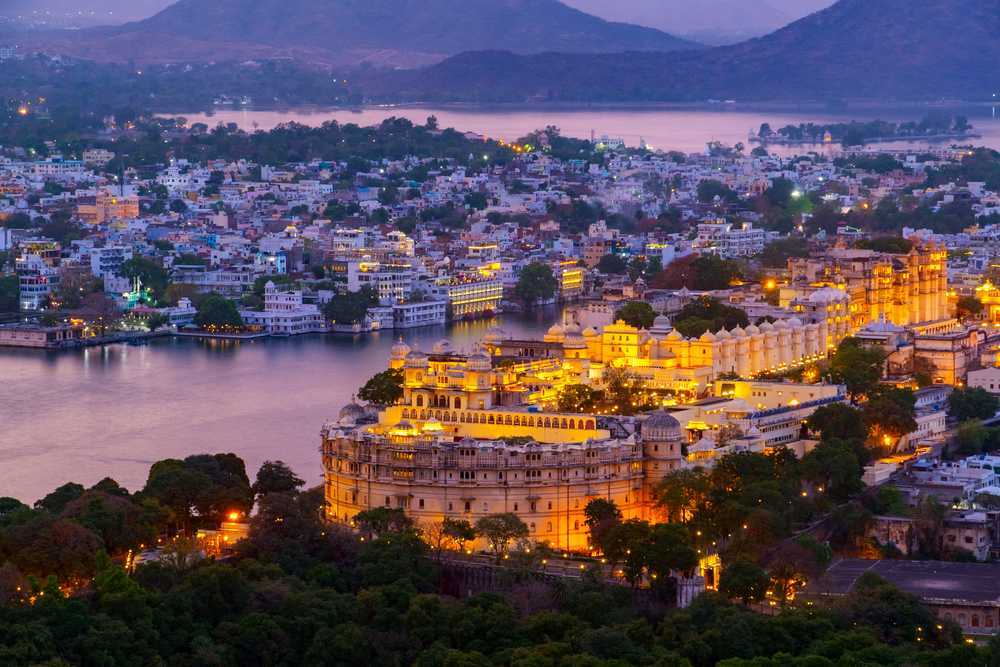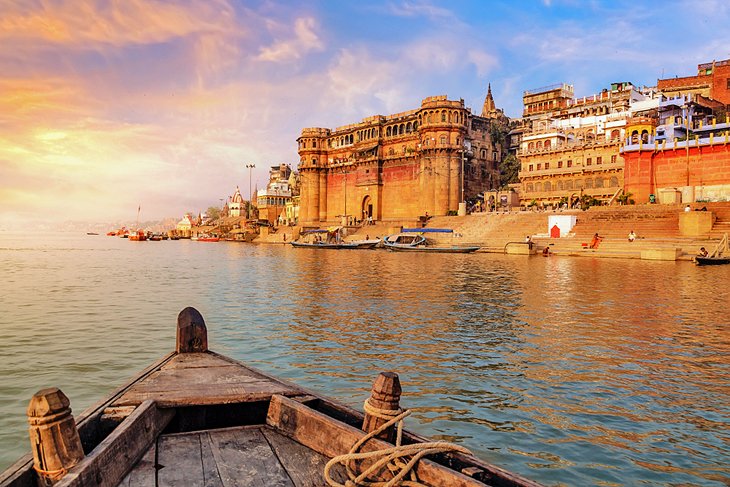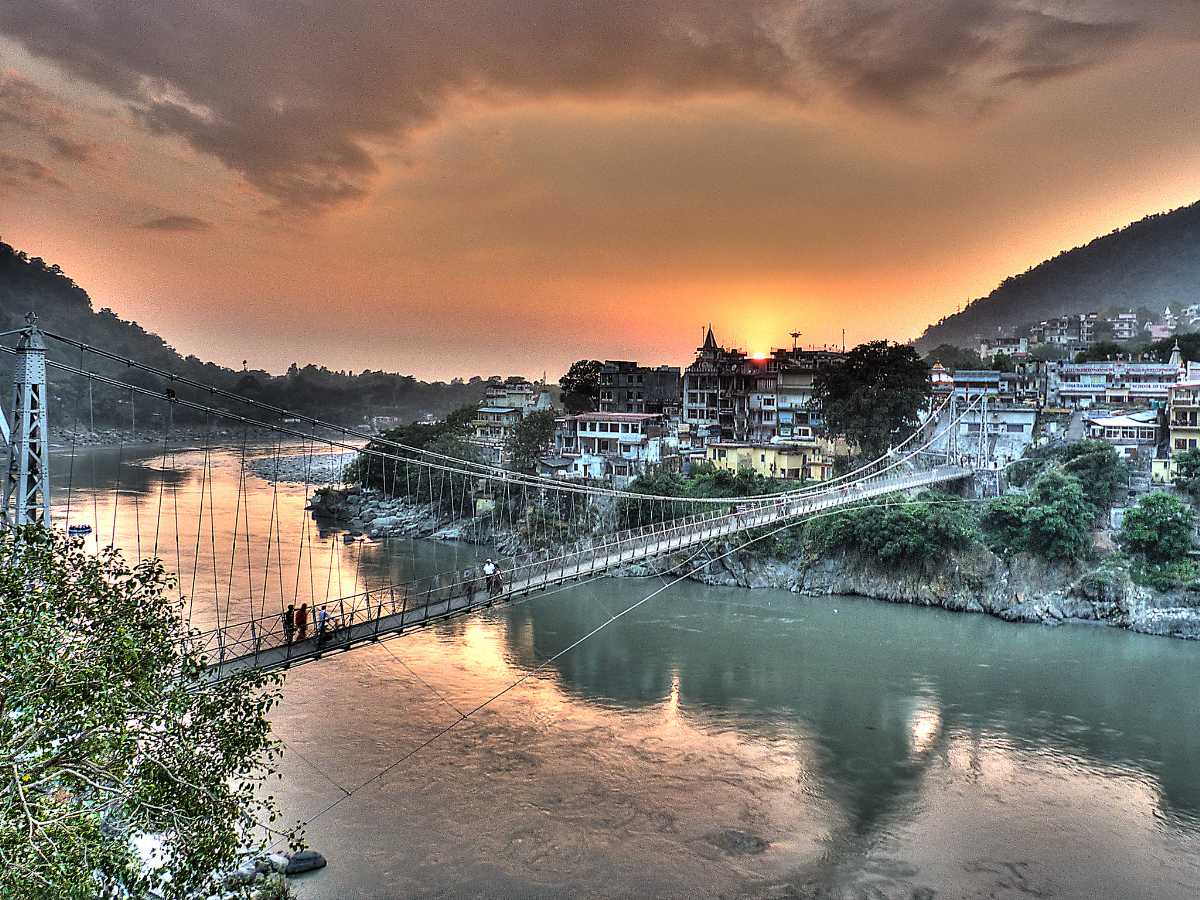Remembering the Forgotten ‘Master Da’
 |
| pic credit: daily-sun.com |
“My dream, a golden dream, the dream of free India,” his last words with grief and a vision in eyes elucidated what he wants from his nation and the citizens of the country. Surya Sen, popularly known as ‘Master Da’ (22 March, 1894 – 12 January, 1934) was a Bengali Indian revolutionary who led Chittagong Armory Raid against the British Colonial Rule on April 18, 1930. Besides being a teacher by profession, he was the Chief-Architect of the Anti-British Freedom Movement in Chittagong district, Bengal (now in Bangladesh).
When he was an undergraduate student at Berhampore College in 1916, he heard about the incidents of brutality at the hands of British colonialists and the independence movement in India and due to this he was immediately attracted to revolutionary ideas. Inspired by one of his teachers, he joined the Anushilan Samiti, a revolutionary organization in Bengal; and in 1918, he completed his studies and became a mathematics teacher in Chittagong district.
While working with the Non-Cooperation Movement in Bengal, Surya Sen was arrested for two years, i.e. from 1926 to 1928. After his release from prison, Surya Sen set himself on a mission that was going to be a historical and important move in the history of Indian Independence, i.e. Chittagong Armory Raid.
He imparted training to the youth to operate weapons and make bombs and conspired to confiscate arms and ammunition from the British Government along with withdrawal of communications from the rest of India. The plan was implemented on April, 18, 1930 at night.
He along with his associates such as Ganesh Ghosh, Lokenath Bal, Ananta Singh and other revolutionaries, captured auxiliary forces and armouries of British police, and as per the plan, they succeeded in cutting off the wires of telephone and telegraphs along with interrupting the railways. Moreover, after the raid, this brave fighter hoisted the National Flag of India outside the police armoury. This incident later came to be known as the Chittagong Armory Raid.
It was one of his successful undertakings along with a robbery at the treasury office at the Bengal-Assam railway at Chittagong itself, 1923. Till then, this brave heart became a terror for the British Government.
However, after this raid, many revolutionaries who were a part of this plan were arrested or killed by the British. Surya Sen fled and hid in disguise in many places, but at the end he was captured by the Britishers due to the betrayal of one of his close relatives, Netra Sen, who in greed for money gave a tip-off about Master Da hiding in his house. Later on, Netra Sen was himself killed by the other freedom fighters as a revenge for their Master Da.
Surya Sen was brutally tortured by the Britishers in prison. The pain from which he went throughout his prisoner life was agonizing and unendurable. On January 12, 1934, before being hanged till death; his teeth, limbs and joints were broken with a hammer and all his nails were pulled out by the Britishers.
Furthermore, along with him, Tarakeswar Dastidar, another revolutionary, who tried to rescue Surya Sen, was also hanged on the same day.
The Indian government in 1977 issued a commemorative stamp in his memory and Bangladesh Government did so too in 1999.
The story of Master Da and the unbearable pain which he went through for his nation is an important piece in the Indian History. Yet, his saga is unknown to many Indians today, which is really apologetic. It is a pity to know that our complete enriched Indian History is not portrayed to many and moreover, the schools, colleges or the government lags behind in depicting these brave revolutionaries in the history books of today’s generations.
The space occupied by only some popular revolutionaries in the history books and minds of people or intellectuals does not define the historical achievement of India, rather a full description and highlight of each and every freedom fighter, who played a massive role in bringing India to its Independence can.
It’s our duty to remember the sacrifices made by these Indian freedom fighters. Perhaps this will be a tribute to our brave revolutionaries’ sacrifices for our nation.
Happy Independence Day!









